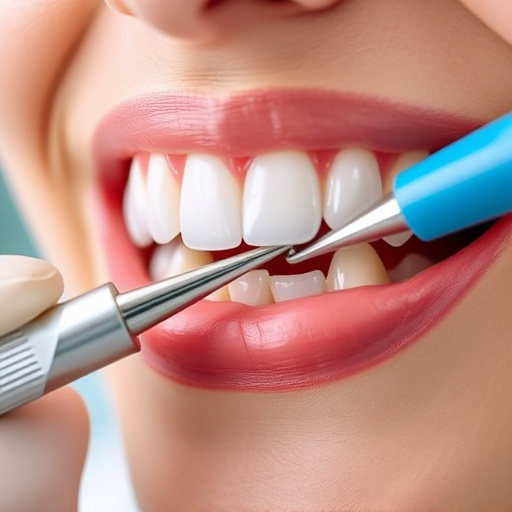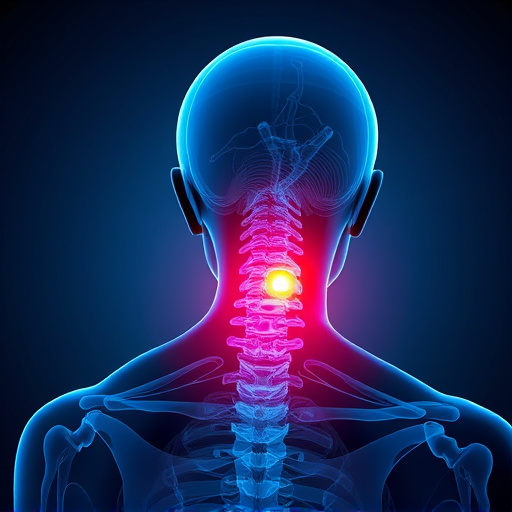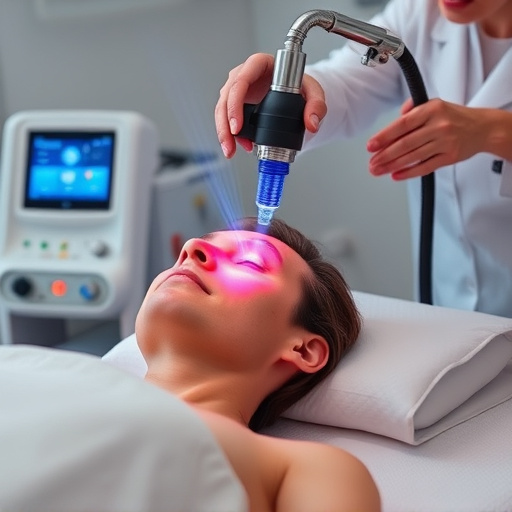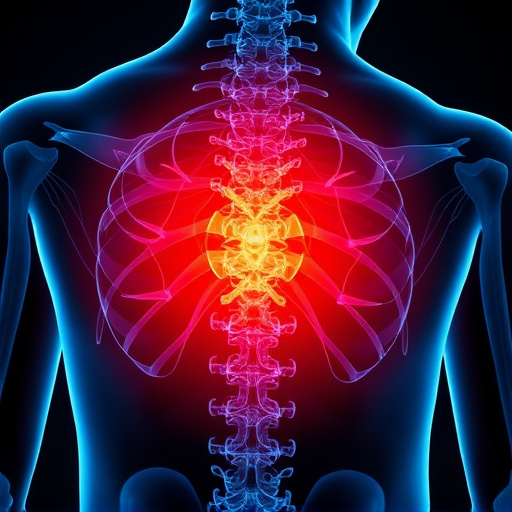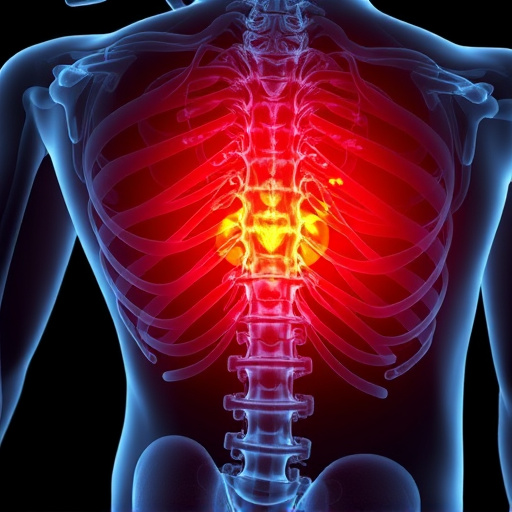Modern sports injury treatment focuses on minimizing damage and rapid recovery through early intervention, multi-faceted strategies including physical therapy, shockwave therapy, and tailored post-injury care. Non-surgical interventions like chiropractic care and ultrasound therapy reduce inflammation and promote healing. Rehabilitation services guide athletes back to peak performance while preventing re-injury. Long-term success involves chronic pain management, proactive measures, and mental health support to extend athletic careers.
In the high-intensity world of sports, understanding and effectively treating injuries are paramount. This article delves into the best practices for managing sports injuries, as advocated by experts worldwide. From grasping modern treatment principles to exploring non-surgical interventions and rehabilitation strategies, we provide a comprehensive guide for athletes and enthusiasts. Discover how these methods enhance recovery and prevent future setbacks, ensuring you return to your active lifestyle stronger than ever. Learn about evidence-based approaches tailored specifically for sport-related injuries.
- Understanding Modern Sports Injury Treatment Principles
- Non-Surgical Interventions for Sport-Related Injuries
- Rehabilitation and Preventive Strategies for Athletes
Understanding Modern Sports Injury Treatment Principles
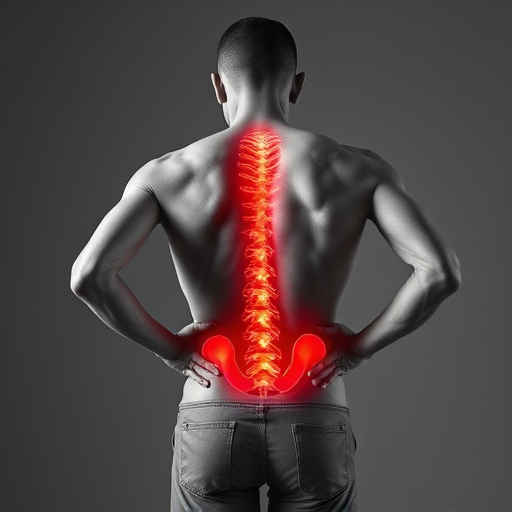
In modern sports medicine, understanding sports injury treatment has evolved significantly. The principles now focus on minimizing damage, promoting rapid recovery, and preventing future injuries. Experts emphasize early intervention, which can prevent chronic pain management issues that often arise from untreated or mismanaged acute injuries. This shift in approach encourages athletes to seek professional help at the first sign of discomfort rather than waiting for symptoms to escalate.
Effective sports injury treatment involves a multi-faceted approach, including physical therapy, shockwave therapy for persistent conditions, and meticulous post-injury care. By combining these methods, medical professionals aim to restore function, reduce inflammation, and accelerate healing while considering the unique demands of each athlete’s sport and lifestyle.
Non-Surgical Interventions for Sport-Related Injuries

Non-surgical interventions have become a cornerstone in the sports injury treatment landscape, offering effective solutions for athletes seeking to return to their active lifestyles without the need for invasive procedures. These methods focus on minimizing pain, reducing inflammation, and promoting healing through various techniques such as physical therapy, chiropractic care, and ultrasound therapy. Physical therapists play a pivotal role in functional rehabilitation, designing customized exercise programs to restore strength, flexibility, and range of motion. This holistic approach not only addresses the immediate symptoms but also lays the groundwork for long-term recovery and injury prevention.
Additionally, whiplash treatment often employs non-surgical interventions as a first line of defense. Techniques such as soft tissue massage, trigger point release, and heat/ice therapy can significantly alleviate the neck and shoulder pains commonly associated with sports-related whiplash. As athletes return to their training regimens, rehab services become invaluable in guiding them through progressive exercises and activities that gradually build strength and endurance while ensuring proper form and technique to prevent re-injury.
Rehabilitation and Preventive Strategies for Athletes
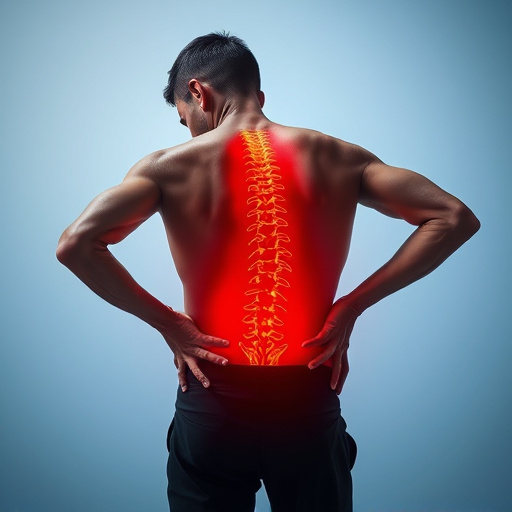
Rehabilitation and Preventive Strategies for Athletes play a pivotal role in their journey back to peak performance after an injury. Expert sports medicine professionals employ tailored rehab services that combine physical therapy, exercise programs, and sometimes even mental health support to restore function and strength. These comprehensive approaches aim to not just heal injuries but also to prevent future ones by addressing underlying weaknesses or imbalances that may have contributed to the initial harm.
Beyond immediate post-injury care, focusing on chronic pain management is crucial for long-term athletic success. By implementing preventive strategies such as regular stretching, proper warm-up and cool-down routines, and enhanced flexibility training, athletes can significantly reduce their risk of sustaining repeat injuries. This proactive approach not only conserves the athlete’s physical well-being but also extends their career span, allowing them to continue pursuing their passion for sports at a high level.
In conclusion, understanding modern sports injury treatment principles involves a multifaceted approach that combines non-surgical interventions with rehabilitation and preventive strategies. Experts leverage advanced techniques like platelet-rich plasma (PRP) therapy and shockwave therapy to promote healing, while emphasizing individualized rehabilitation plans to restore athletes’ strength and mobility. By adopting these best practices, athletes can effectively manage injuries, accelerate recovery, and return to their sport with enhanced performance and reduced risk of future injuries. This holistic approach to sports injury treatment ensures athletes receive the highest level of care tailored to their specific needs.


